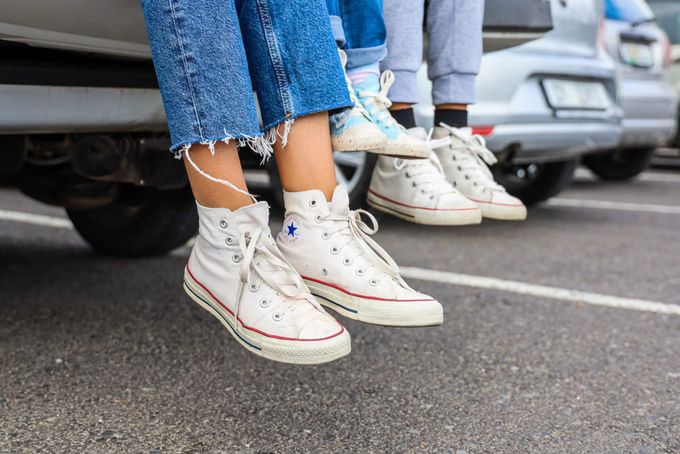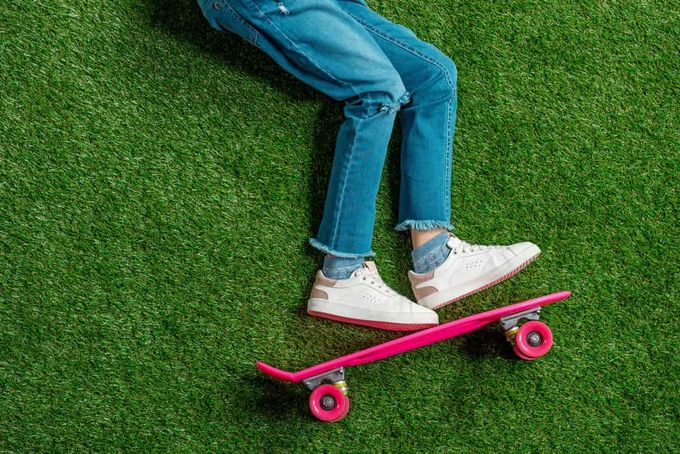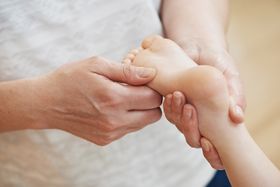High-Tops vs. Low-Tops: Which Protect Your Kids' Feet Better?
Get the lowdown on how to select between high-tops and low-tops by understanding the essential elements
Updated November 2, 2023.

Choosing between high-top vs. low-top shoes for your kid is more than just a matter of style. You should also check for comfort and safety—crucial factors supporting your child's foot development.
Let's explore factors like ankle support and traction so you can make an informed and practical choice for your child's footwear needs.
Understanding the Benefits
High-Tops
High tops are some of the best kid's shoes for stability, covering the foot and the ankle and offering a steady base of support with a firm heel counter and padded support.
Low-Tops
Low-top shoes have a collar that sits below the ankle. They are more comfortable because you can move your ankle freely but feel slower on your feet because the shoe delays muscle reaction when you turn your heel.
Comparing Ankle Support
Shoes with ankle support reduce the risk of injuries affecting your child’s mobility, performance, and quality of life. They can improve stability, prevent excessive stress, and reduce swelling and pain after an injury.
High-Tops vs. Low-Tops: Difference in Ankle Support
- High-Tops: Although research suggests that high-tops aren't superior in preventing ankle injuries, they provide more overall support and stability. But they might also reduce your kid's mobility.
- Low-Tops: Low tops don't offer ankle support but can improve your child's mobility.
So, if you want support for your kid's feet, high-tops offer more ankle protection than low-top shoes.
» Know how to treat your child's sprained ankle
Evaluating Traction and Safety
The traction of the shoe depends on the kind of sole it has. For example, rubber soles have a better grip than leather ones. When choosing a sneaker, you should also consider the type of surface, weather conditions, and foot stability.
High-Tops vs. Low-Tops: Difference in Traction and Safety
- High-Tops: With more surface area on the outsole, High-Tops can provide more grip and stability. Most of them also have a higher collar, which can help to prevent the ankle joint from rolling.
- Low-Tops: These shoes are more lightweight and flexible, making them more comfortable for some kids. They may also provide less support or traction than high-top sneakers.
Overall, the difference in traction between high-top and low-top shoes is relatively small. But, high-tops may be a better choice if your kid plays a sport that involves a lot of lateral movement, like basketball.
On the other hand, low-top shoes may be a better choice if you are looking for a lightweight and comfortable shoe with a good range of motion.
High-Tops vs. Low-Tops: Making an Informed Decision
While low-tops offer enhanced mobility and dynamic support, high-tops prioritise stability, static support, and potentially better traction and safety. Your decision should be based on your child's needs, preferences, aesthetics, comfort, durability, and versatility.
Check out First Walker's toddler shoes collection to balance style, comfort, and safety and ensure your child's footwear looks good and supports their growing feet in the best possible way.






